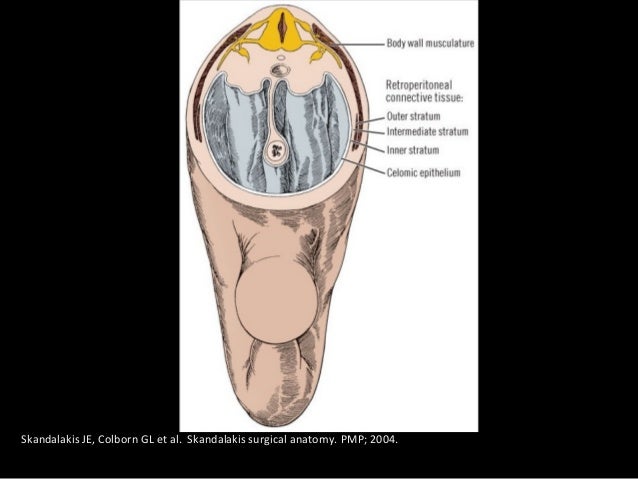

Around the turn of the previous century, two to three years of the preclinical curriculum devoted to morphology (anatomy, histology, and cytology) was considered time well spent, and around 1960, Dutch curricula still contained 225 to 572 hours of anatomy teaching. Since Vesalius (1514–1564), the founder of accurate anatomy texts and drawings, and arguably the father of current anatomy teaching, medical education in the universities has had a strong emphasis on anatomy, if not being its core pillar for centuries. To respond to changes in global health and health care, combined with the inevitable technological progress, and international mobility, we believe all schools will move in these directions, slower or faster. In less affluent countries, and in countries with curricula strongly determined by tradition, these steps are less easy to make. Schools in several industrialized countries have made steps in these directions, which can be further strengthened. These directions include systematic peer teaching and development of anatomy education as a scholarly domain, further vertical integration with postgraduate medical education, full integration with radiology education, and capitalizing on educational technology.

After this analysis, the authors propose four ways forward. For this perspective paper, the authors, all with backgrounds in anatomy, radiology and/or medical education, conducted structured conversations with several academic colleagues with similar backgrounds, reviewed pertinent literature and analyzed the causes of the historical decline of a knowledge domain of medical education, that nevertheless is widely considered essential for medical students and graduates. Meanwhile, radiology has become more prominent, as a means to visualize anatomy, not only in clinical care but also in education.

From the most important and time-consuming component of the preclinical program, anatomy education has reduced in size and status, and yielded in curricular space to accommodate other disciplines and topics. The status of anatomy education in undergraduate medical education has dramatically changed over the course of the past century.


 0 kommentar(er)
0 kommentar(er)
